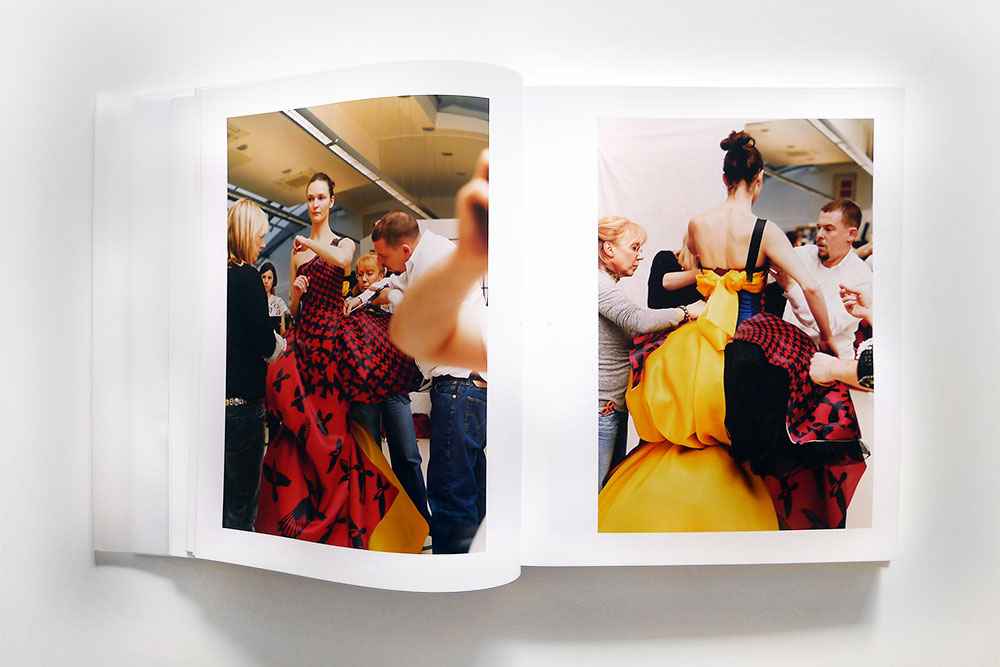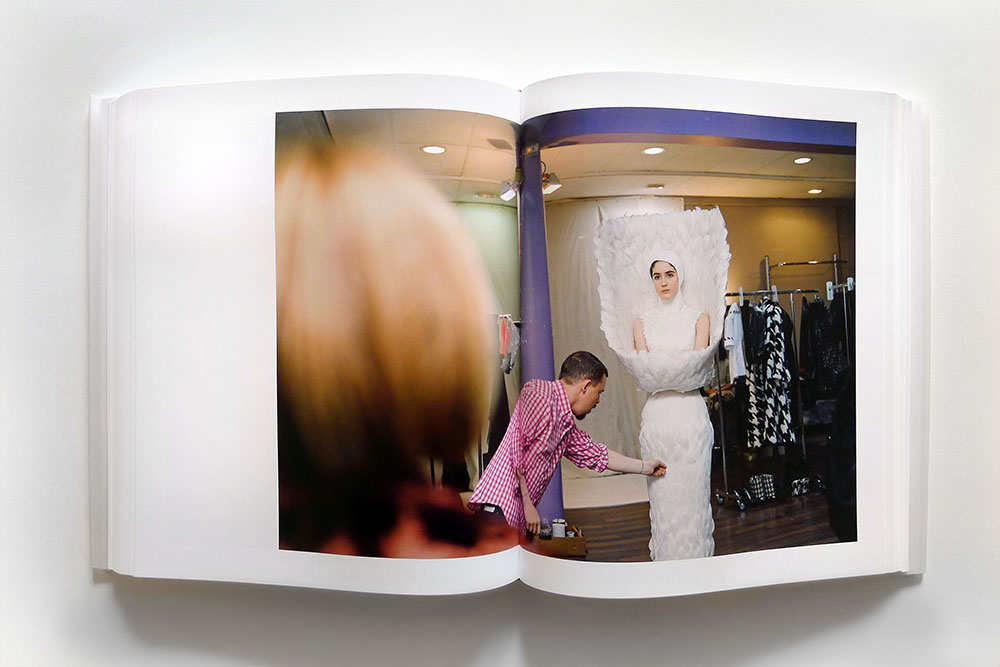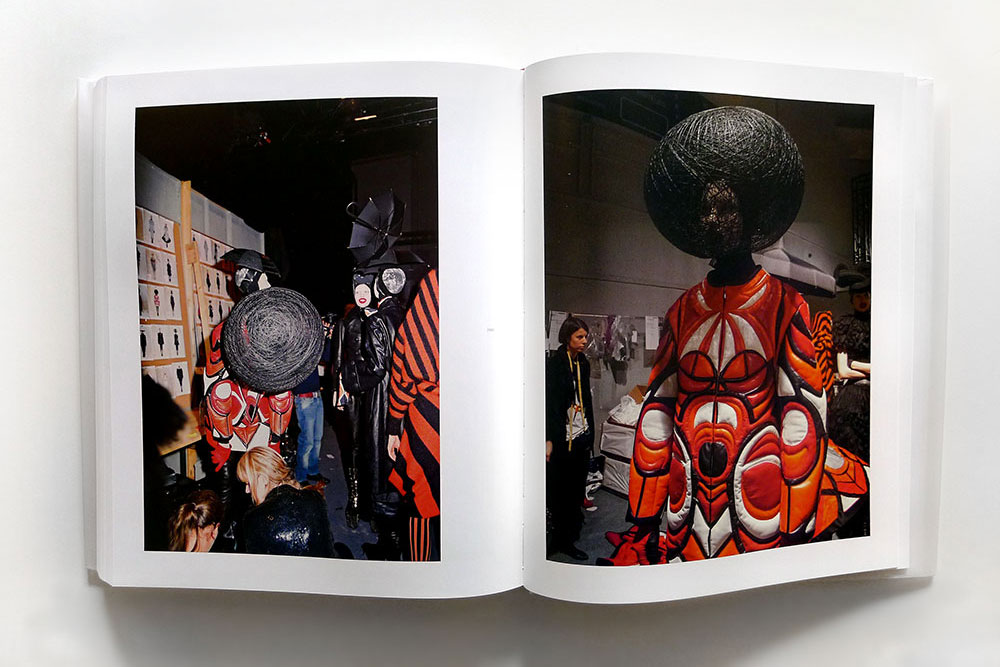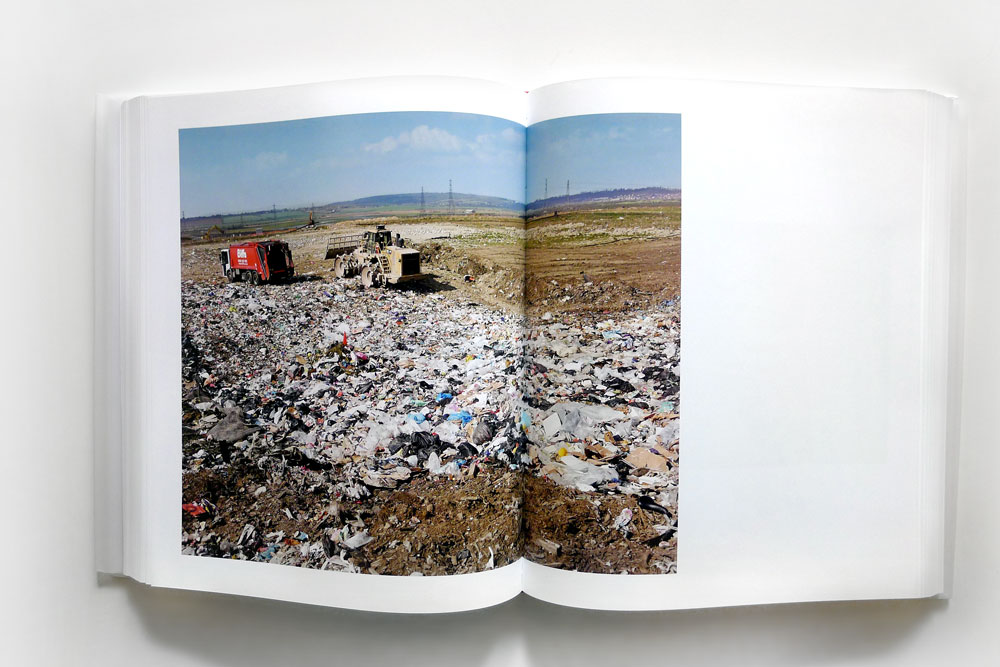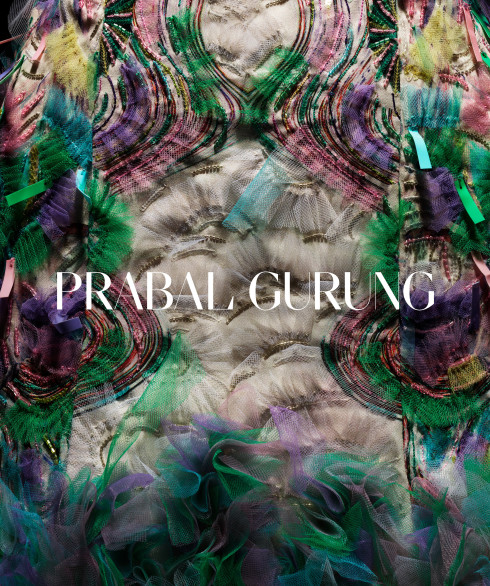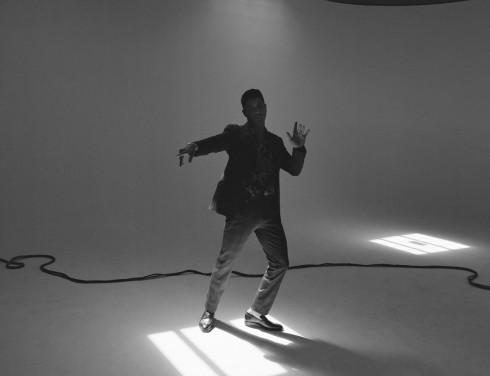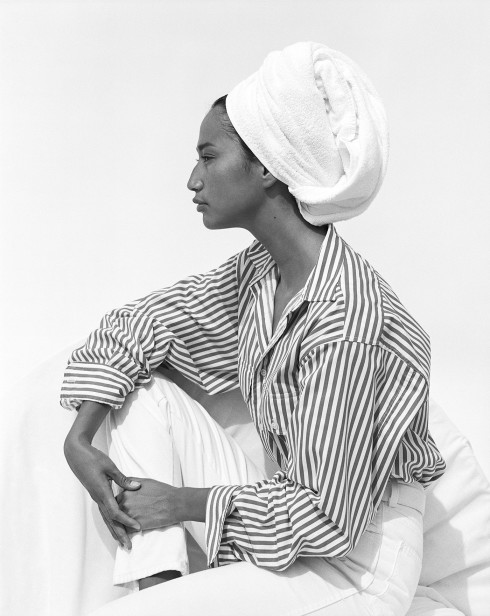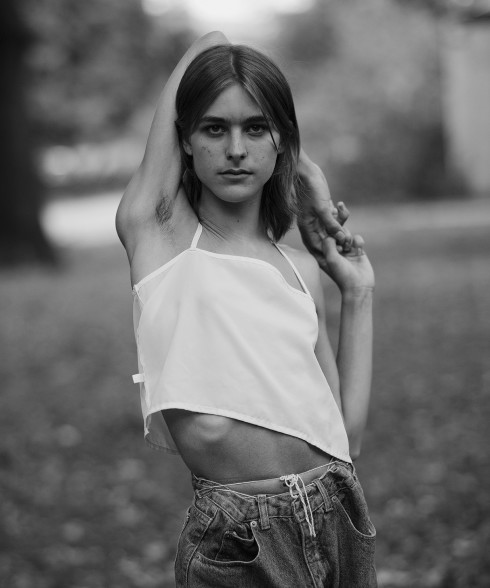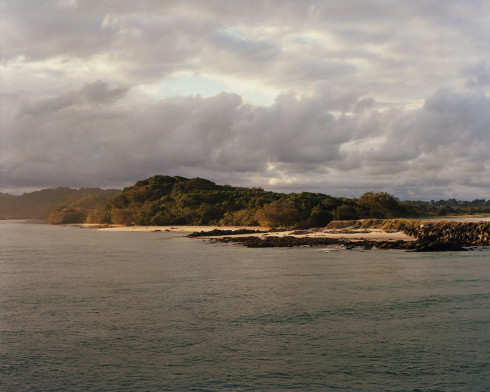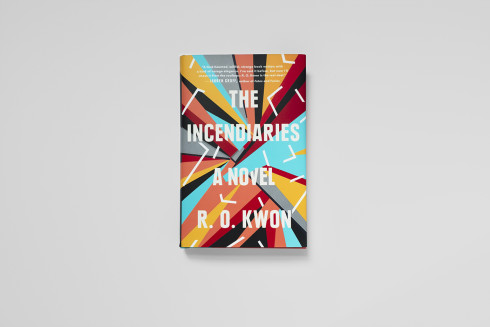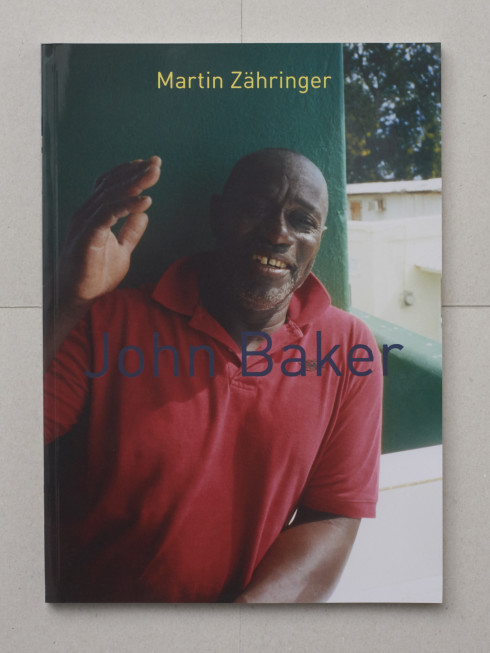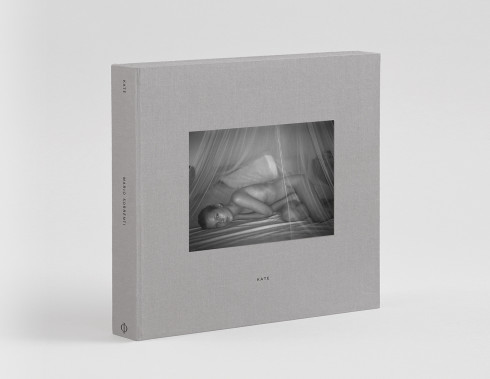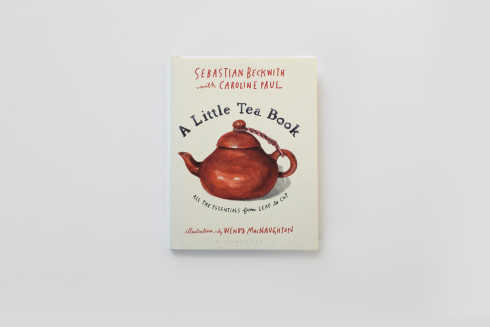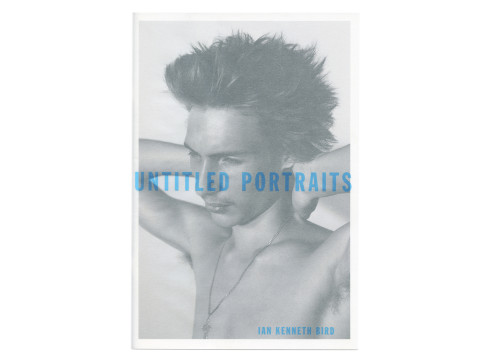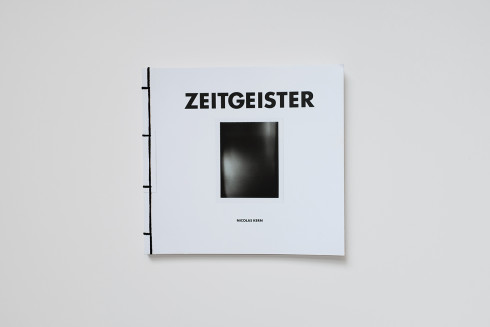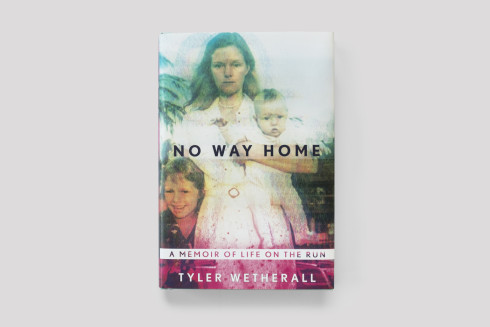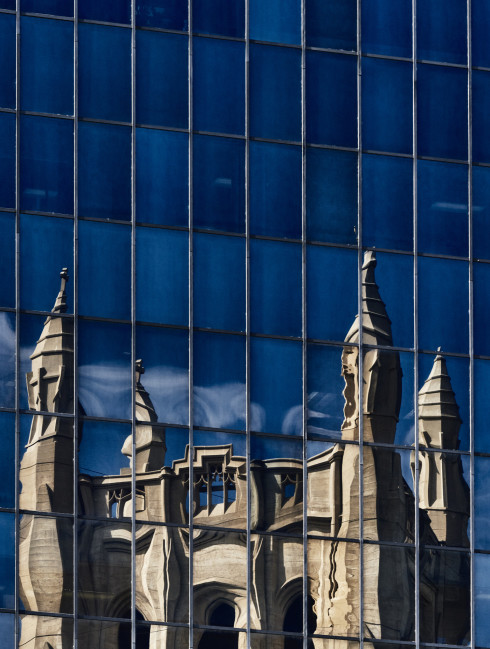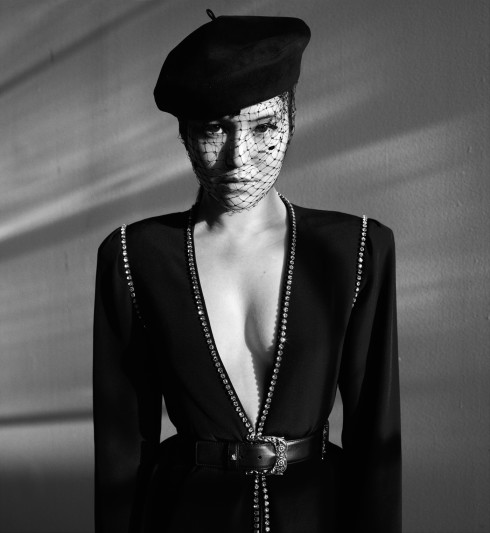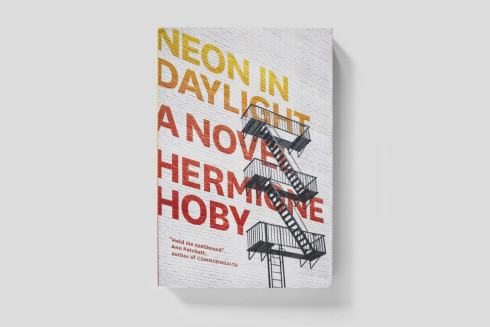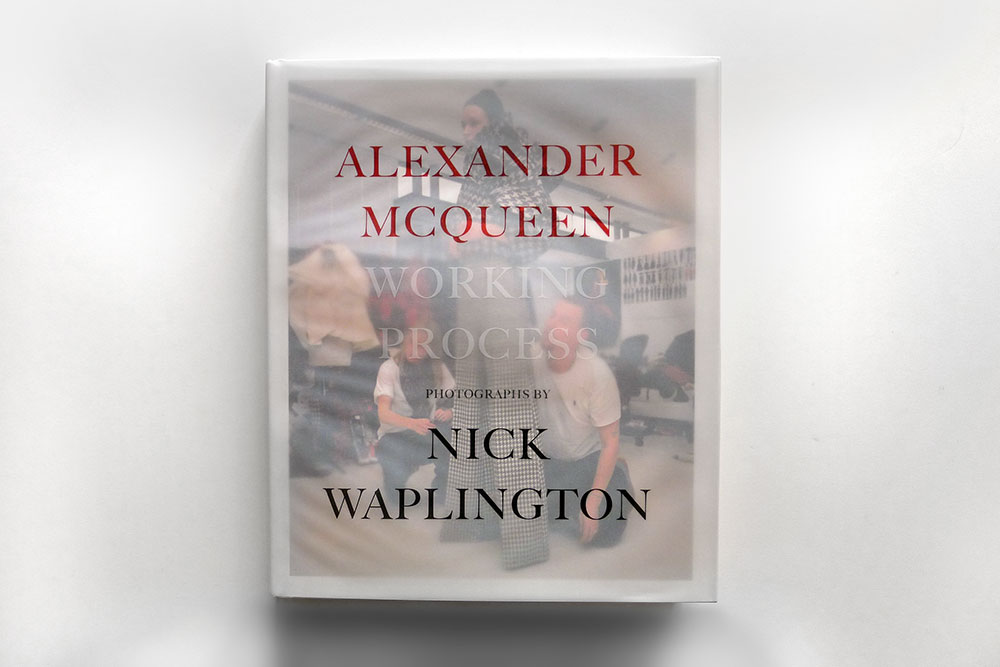
NICK WAPLINGTON'S 'ALEXANDER MCQUEEN: WORKING PROCESS'
Postmortem biographies are often received with a certain set of weighty expectations, and Alexander McQueen: Working Process, published last month by Damiani, naturally arrives with its own. The collection of photographs follows the designer through the six months preceding his Fall 2008 ready-to-wear collection, his last before his tragically premature passing, and, as such, brushes closely against the final months of his life.
Fortunately, Working Process isn’t didactic, neither in image nor in text. Instead, it bears the mood of eulogy—a celebratory, albeit straightforward, look at McQueen’s creative process, and not a lofty musing on how the show and his passing nearly intersect. The photographs are those of Nick Waplington, a British artist personally selected by McQueen, who both commissioned and edited the final product.
“I am not a commercial working photographer. I don’t have a day job making pretty pictures to sell things to people. This is what I do,” Waplington explains. “The book was to mirror the process. In the end, it was to create a work in itself that was a standalone project.” Engaging and enlightening, but ultimately foreboding, the photographs achieve impact through sheer density, allowing McQueen to speak to the reader through his creative process, uninterrupted and intimately. Every stage of McQueen’s output is here, with the rawness and bright light of cutting-room floors, fittings, meetings, the mundaneness of travel, the grand finale. “What this book gives and why it is unique is that it gives clues to the thoughts and motives of the man himself,” says Waplington. “The book is like a ghost, really.”
That final collection, titled “The Horn of Plenty,” was, at its début, a widely-celebrated, if argumentative, homage to the collections that preceded it—not just McQueen’s, but seemingly everyone else’s as well. Evoked were images of anyone from Audrey Hepburn to Dior, Valentino, and Irving Penn. As the New York Times’ Eric Wilson wrote at the time, it was “the most ambitious we have seen this season, was as much a slap in the face to his industry, then, as it was brave statement about the absurdity of the race to build empires in fashion.” In the book’s forward, critic Susannah Frankel reminds readers, “Nobody knew at the time these pictures were taken that this show would be among McQueen’s last grand gestures—and it was an extremely grand gesture.”
Somewhat antithetically, for Working Process, McQueen wanted the outcome to be a fitting mix of “dirty and messy.” The images are stark, unfettered, and without smoky façade. They’re clear-eyed documents, and the inspiration boards, fabric selection, cuttings, castings, and tests are printed in plain sight. There’s insight here for the designer—the labor of high-caliber work—and, on a heavier note, reflection for the friend: McQueen bent in focus on the fitting floor, in repose in travel, in light conversation with Anna Wintour. “The staff and mutual friends warned me to expect many highs and lows along the way,” Waplington notes. “But for this particular season, things remained very focused on the work and his mood was generally good.”
The consciousness on the part of McQueen and Waplington to match the form of the images to the labor of the work—the process, rather than the product—provides a refreshing and purposeful reveal. Ultimately, readers witness and experience McQueen’s effort and, in turn, see the beauty in his product. This process, as a reader, provides a significantly more human attachment than the grandiose and often sensational approach to posthumous works.
Waplington, clearly, understood this. “The act of creation was the ultimate thing for him. Those few moments when he took the cloth and the ideas in his mind were transposed in physical objects on the body of the model were, for him, what he lived for work-wise. That was evident to me as a fellow artist,” he explains. “So to capture those moments was for me the purpose of this journey we made together in the creation of this body of work.”
Alexander McQueen: Working Process is out now from Damiani.
Brady Donnelly is the assistant editor of The Last Magazine, as well as the director of product at Casserole Labs.
